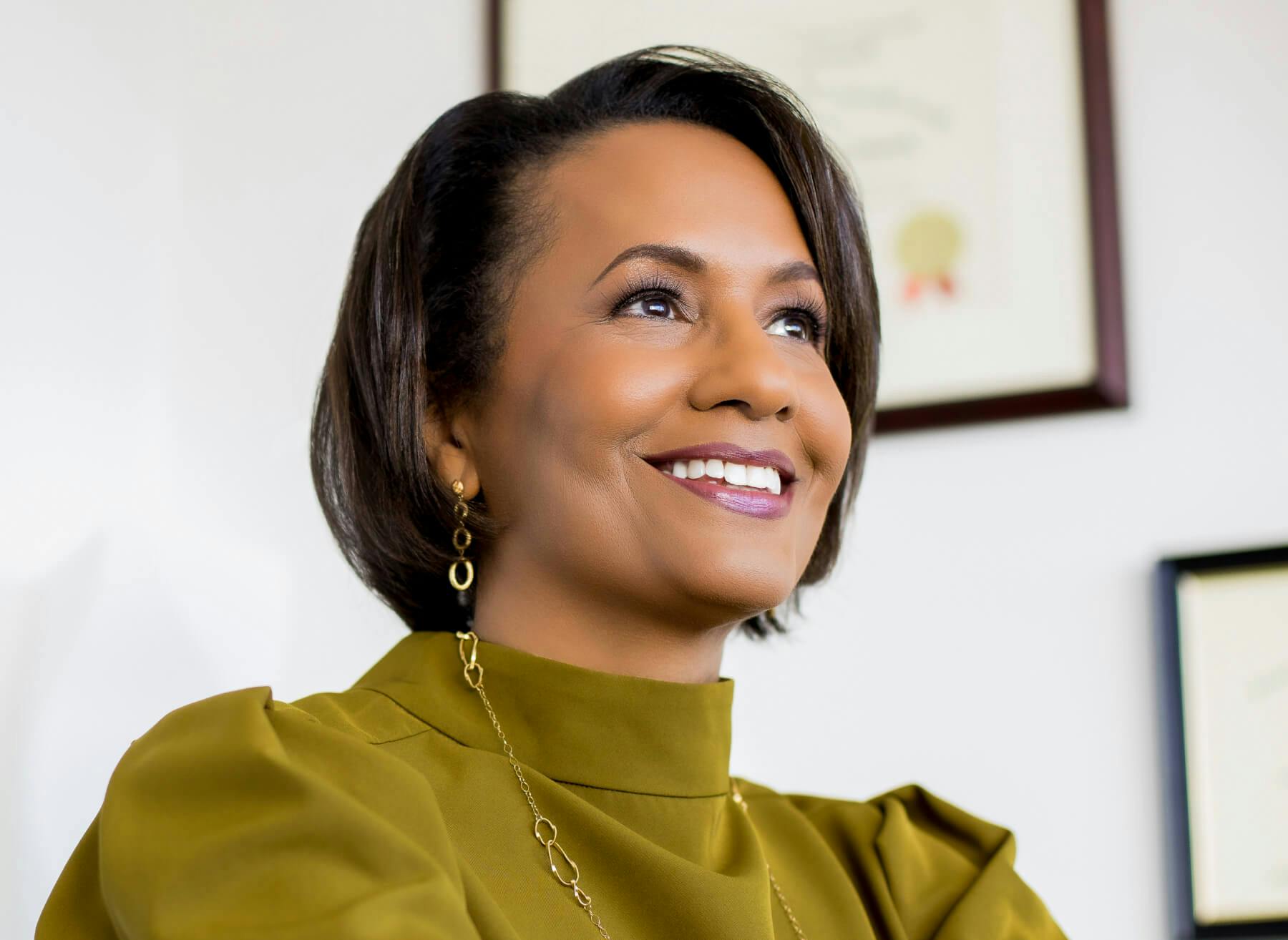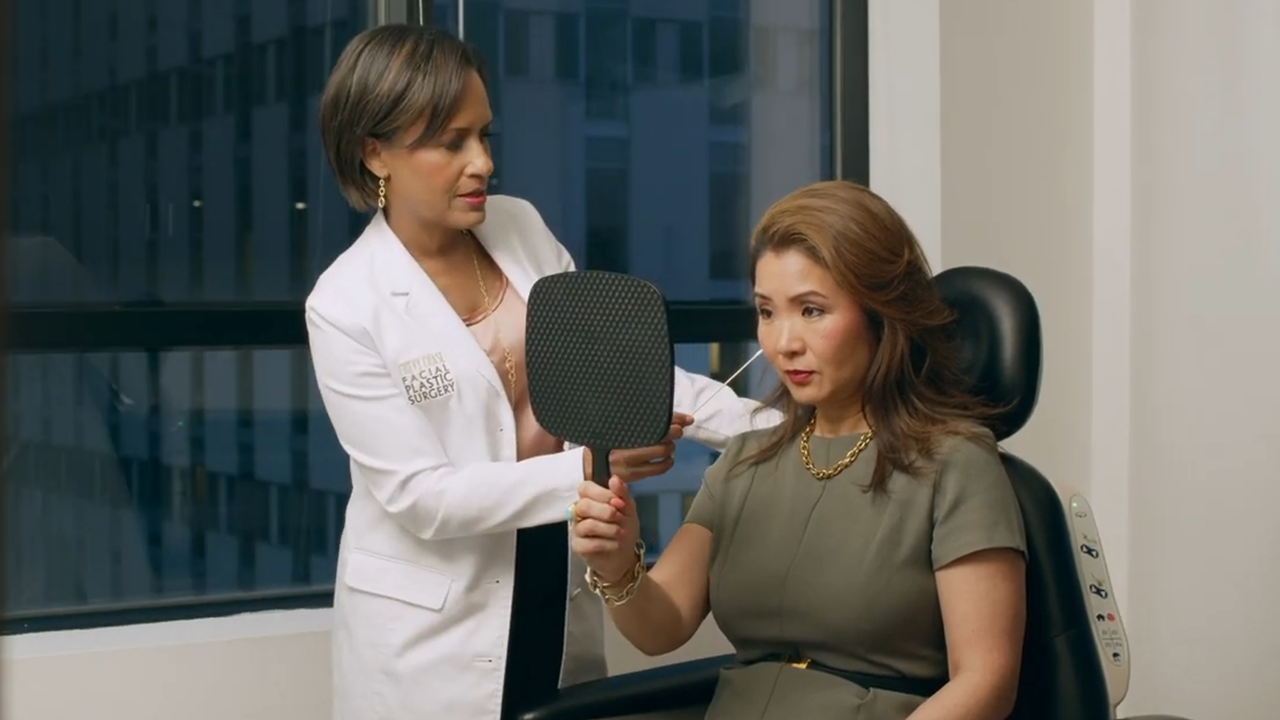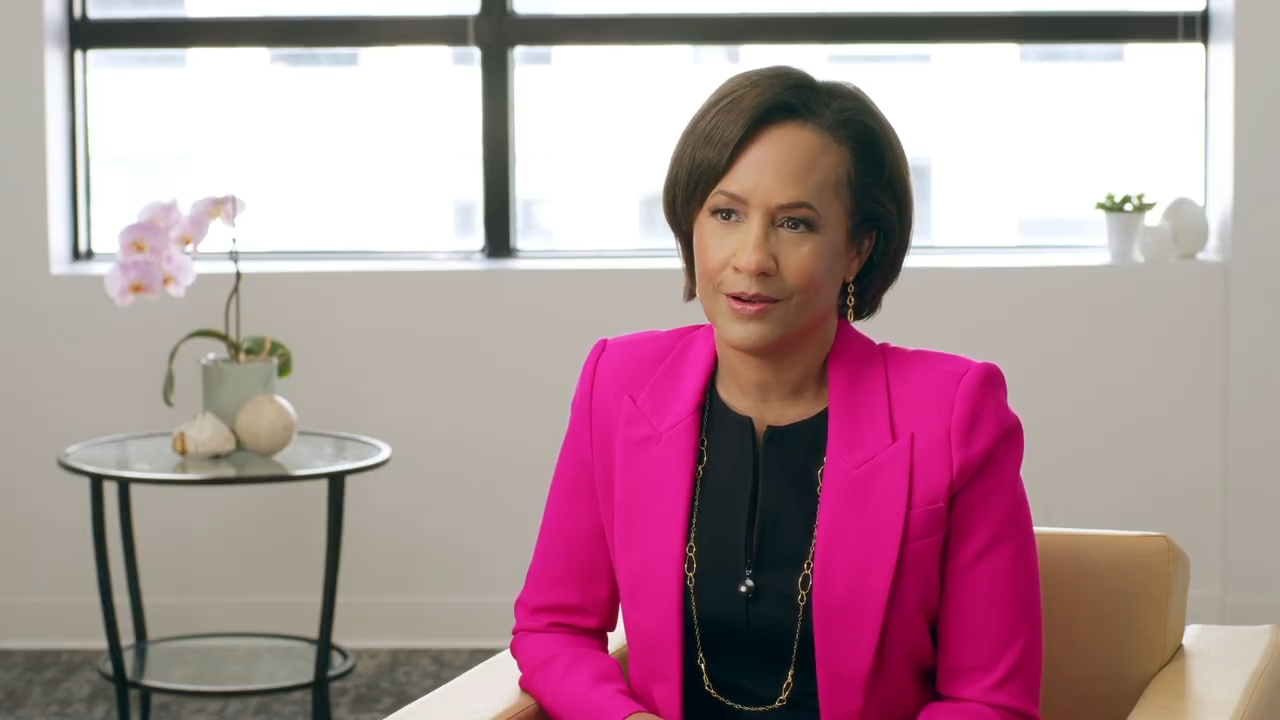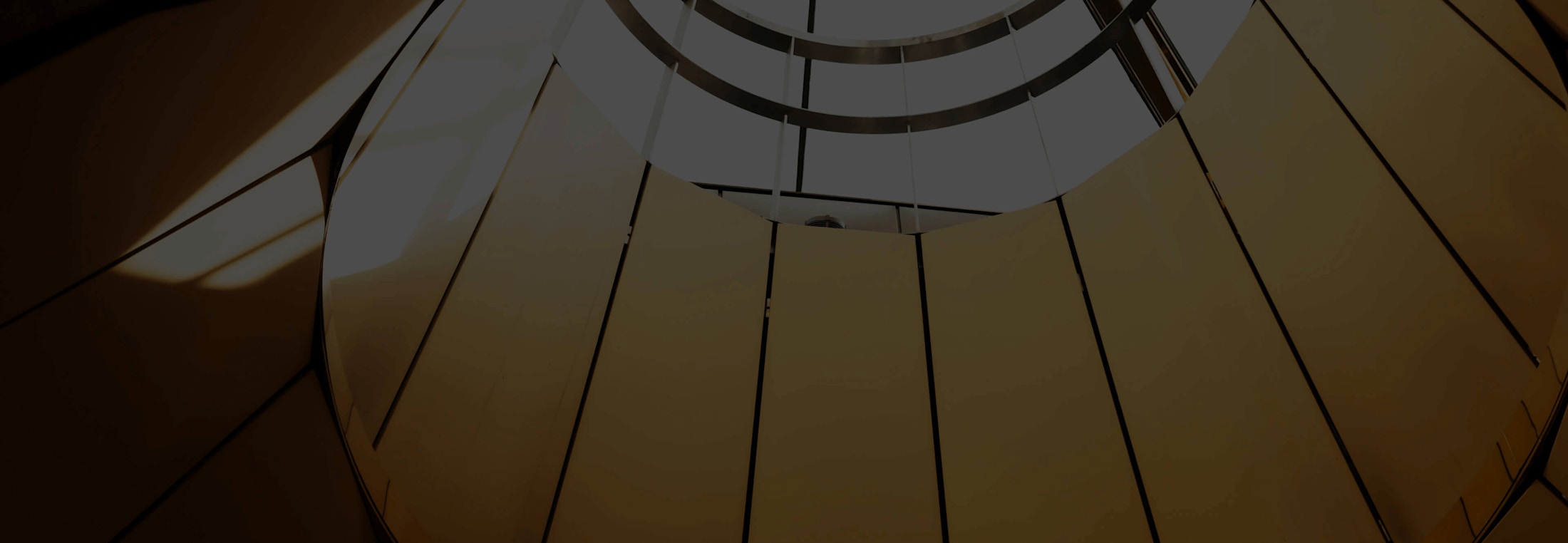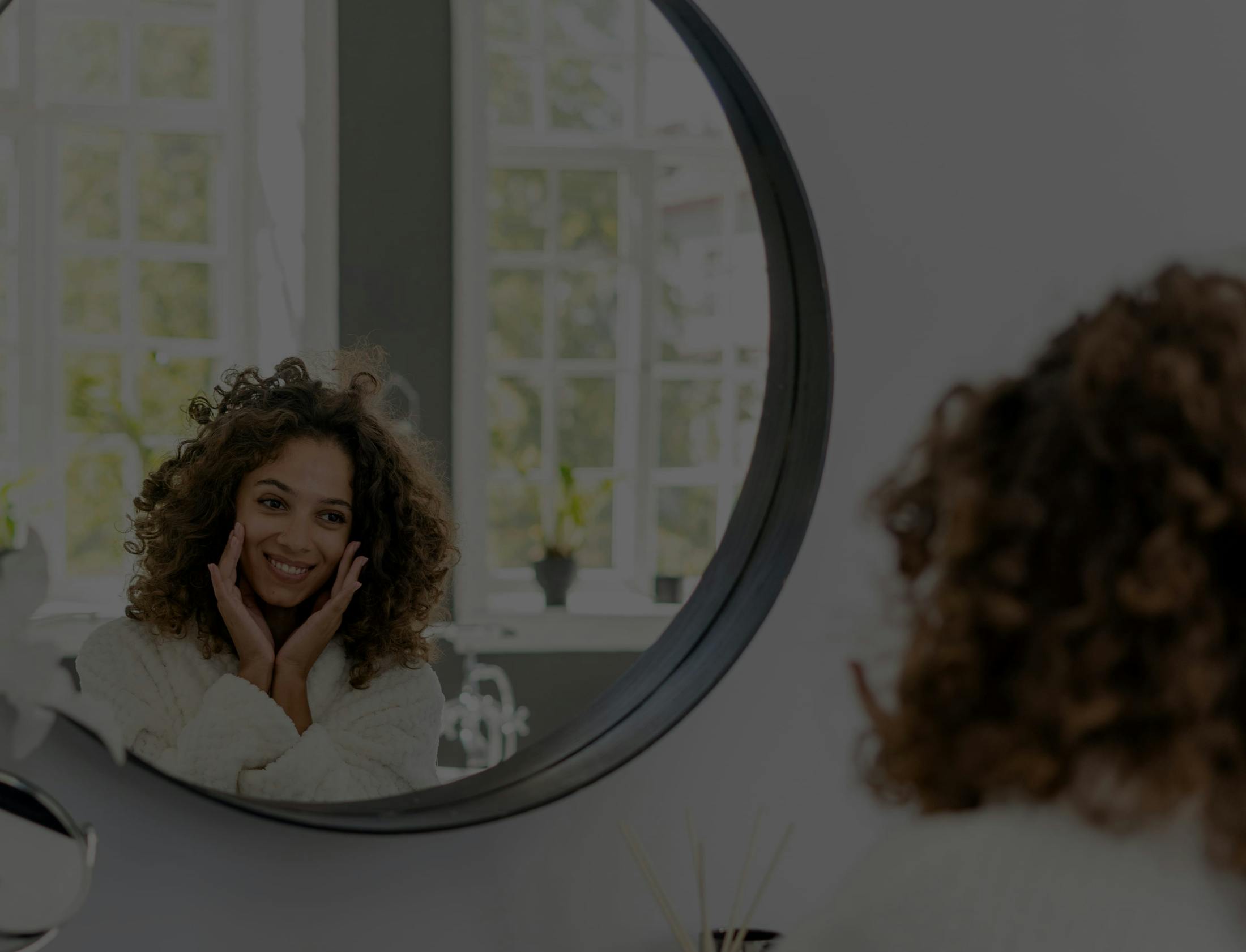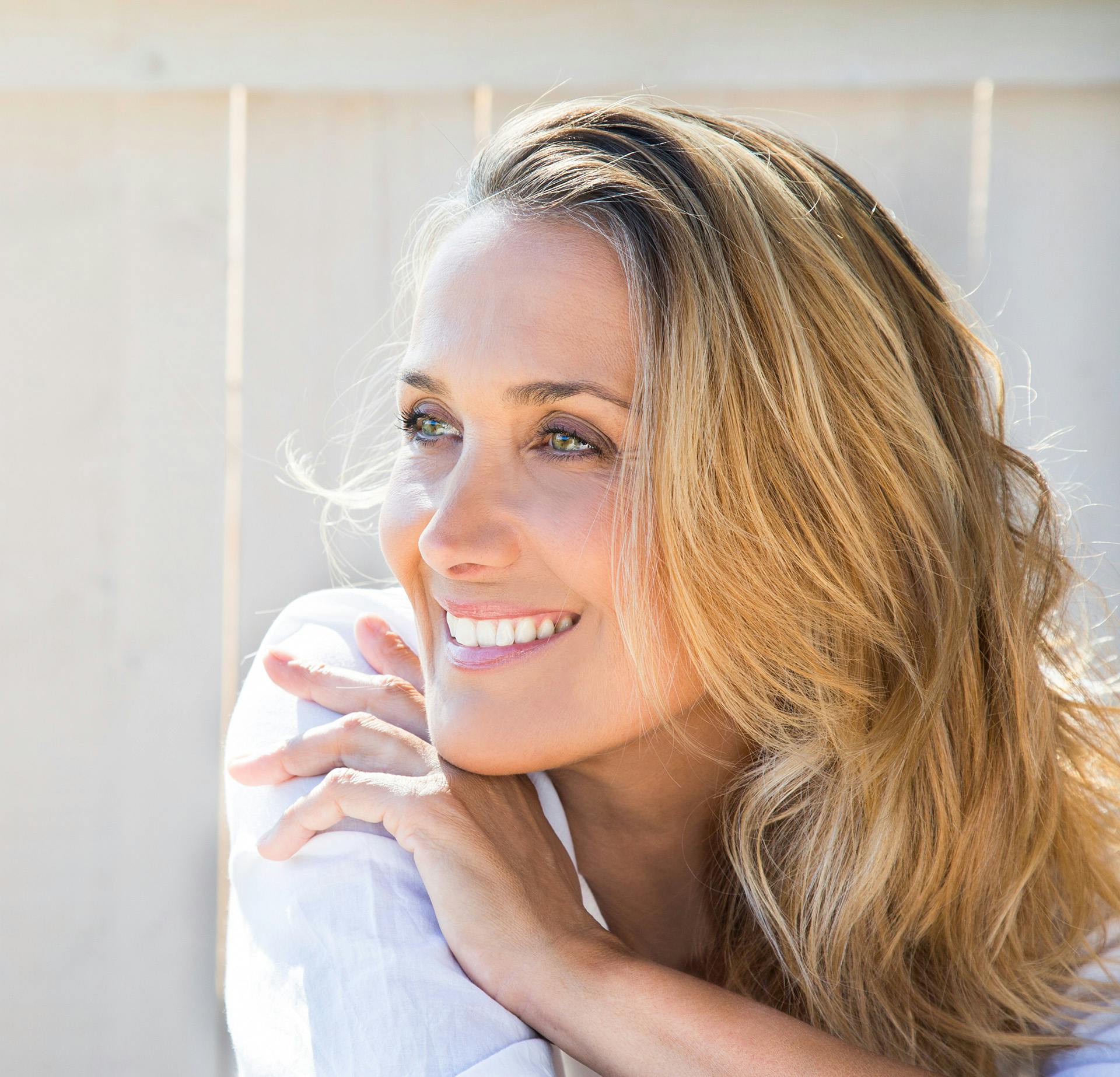Dr. Jennifer Parker Porter offers over 25 years of experience and expert care to patients in need of rhinoplasty in Maryland.
Rhinoplasty, also known as nose surgery, is a precise and technically advanced procedure that can improve both the appearance and function of the nose. If there are features of your nose that you would like to change—or if you are having trouble breathing—the procedure can provide aesthetic enhancements and improved quality of life.
Septoplasty may also be included in a rhinoplasty. The septum is the natural segment of bone and cartilage that separates the two air passages inside the nostrils. Injury or genetics can shift the septum out of place and partially limit your ability to breathe. With a septoplasty, we can correct this deviated septum and clear your breathing passages.
Dr. Porter is an industry-recognized rhinoplasty expert, having written book chapters and done research on ideal proportions of the nose, along with a variety of additional innovations with this procedure. If you’d like to learn more about how her expertise can be put to use to create your ideal results, reach out to our Bethesda, Maryland practice today.


